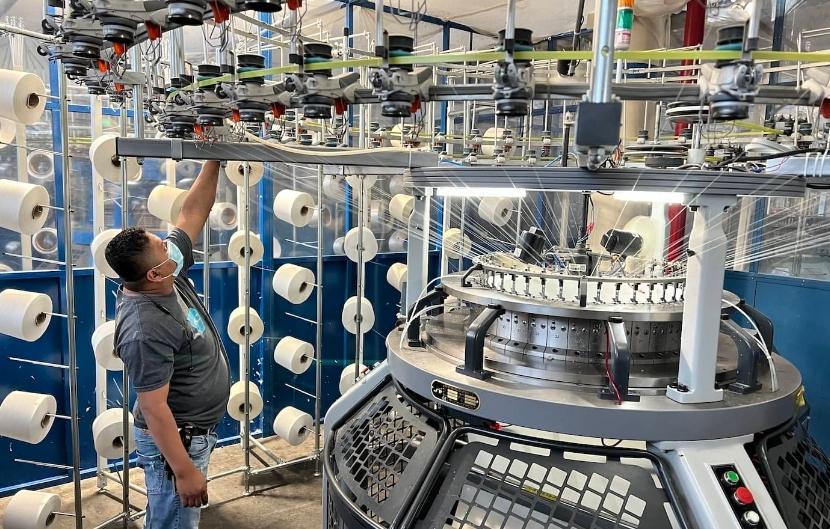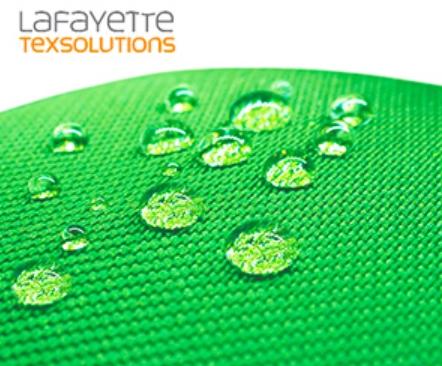For more than a decade, Lafayette textiles have been carrying out actions in order to give this material a second use. The Colombian textile company manufactures fabrics made with recycled threads from PET bottles, a material derived from plastic.
Very often we hear about the impact that plastic waste has on the seas and, in general, on the environment. For this reason, companies and governments are making increasingly greater commitments in the processes of collecting and reusing this material. According to WWF, almost 200 million tons of plastic are produced each year and the average indicates that only 9% is recycled and only 2% of plastics achieve circularity. Bottles take more than 100 years to degrade, making them one of the most threatening materials and wastes for nature and the ecosystem.
In this sense, actions to counteract it become more urgent. For more than a decade, Lafayette has been carrying out actions in order to help and support the reuse of plastic. Therefore, in its textiles it uses recycled thread that is created from PET, a material derived from plastic bottles.
What uses can be given to textiles woven with recycled threads?
Transforming this recycled raw material into a fabric that meets the demands of each market has also raised awareness among other brands committed to the environment, by choosing uniforms and equipment with functional and sustainable garments that meet their needs. This is because it is a material that is versatile enough to meet various demands. In the sports arena, Lafayette Sports has used eco-friendly fabrics in garments such as Velero and Ekos R sweatshirts. In t-shirts they have opted for fabrics such as Ocean R, and in sports buses they used the textile Fleeze R.
Bathing suits and shorts can also be made with textiles such as recycled Bahia and California, while still obtaining the technological advantages required for this use, such as color fastness, chlorine resistance and UV protection. Many designers have joined the challenge, as is the case of Colombian Olga Piedrahita, who is the designer of Lafayette’s Rupestre collection. The Gaza Africa and Canvas Eco fabrics were produced there, a series of ecological textiles ideal for decoration, upholstery for furniture and curtains.

How are PET yarns produced?
The bottles are collected, their labels are removed and they are sanitized. The bottles then go through a grinding process that turns them into flakes or small flakes that must be turned into recycled polyester chips. This can be achieved by two methods: melting and extrusion (which is a mechanical process) or through a chemical process. Subsequently, it is spun and textured to be used as thread in the manufacture of textiles. This whole process seeks to make sustainable garments from the first stage, with quality and commitment. To give us an idea of how much is used, a shirt can be made with the equivalent of seven 500 ml PET bottles. In other words, if a company equips 1,000 employees with these shirts, it contributes to the reuse of 7,000 plastic containers. For all of the above, companies like Lafayette evolve their manufacturing methods and have the GRS (Global Recycled Standard) seal, which certifies that the threads are made with 100% recycled polyester. This seal guarantees its traceability, its production is achieved with responsible social, environmental and chemical practices. The GRS reaffirms the commitment to optimize resources without compromising those of the future. The objective is that more homes and institutions can integrate products derived from this material so that actions are collectively achieved that counteract the impact of plastic on the environment.

